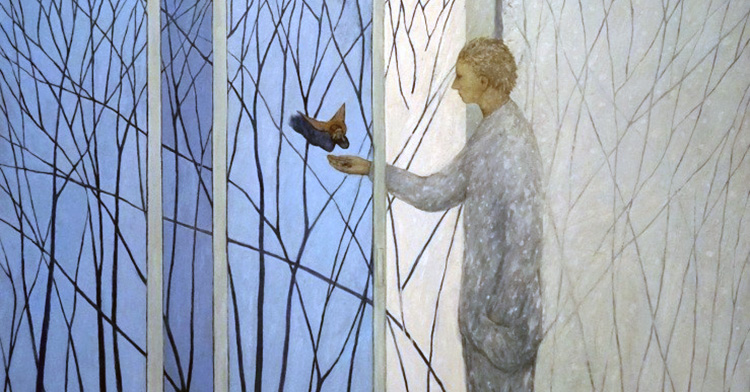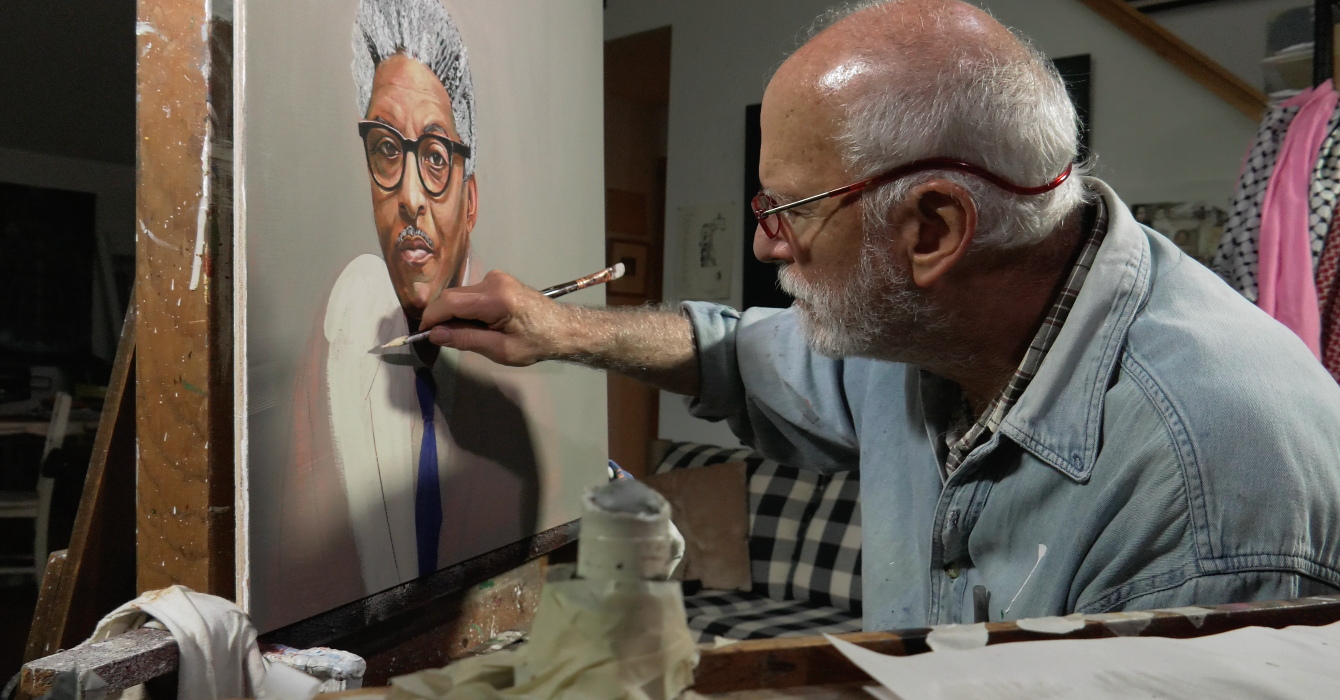When I was in seminary, I heard that preachers should spend an hour in study for every minute they preach. I also remember general laughter from the homiletics class when we heard that rule of thumb. What parish minister could ever find that sort of time?
Sounds ridiculous, right? Well imagine producing 18 minutes worth of creativity and spending three and a half years on it.
Gregg Helvey spent 42 months on his extraordinary short film “Kavi.” It was his MFA thesis at the University of Southern California, and I’d wager it got far more attention than do most master’s theses: It was nominated for an Academy Award for best live action short. Those 42 months were not badly spent.
Helvey screened and talked about “Kavi” earlier this year at the Q conference, a gathering of evangelicals interested in entrepreneurism. The film is named for its main character, a child whose family is trapped in contemporary debt slavery in India. About 27 million people around the world live in debt slavery today, far more than were affected by the 400 years of transatlantic slavery. Unlike many films on modern debt slavery, however, “Kavi” is a drama, not a documentary. Its viewpoint is not that of the benevolent western hand-wringer, but of the affected Indian boy and his family. The film invites the viewer to care about this specific child’s particular relationships to his parents, his captors and -- in an echo of Exodus -- the bricks they make in their captivity. We long with Kavi for the chance to play cricket with the uniformed schoolboys who walk by his workplace on their way to a school he wants to attend. And we sympathize with the anti-slavery activists who want to interrupt this evil economy but don’t have the power to overcome its profit margin and the police who look away or actively protect it. “Kavi” is also courageous enough not to wrap its story up too neatly.
Most importantly, perhaps, the film is beautiful. Not pretty -- no depiction of such evil could be that. But its lush colors, vibrant music and talented actors dunk you in a world that is intoxicatingly beautiful, despite all of the evil we humans inflict on one another. Helvey made the film on location in a small village in Maharashtra state, four hours from Mumbai. He could have made someplace in southern California look a lot like India, but did not. He also didn’t bring all his own people to India, but instead hired Indian actors, cast and crew. The whole script is in Hindi. In a conversation about the film, Andy Crouch described this to me as a sort of giving over of power. Sure, it was Helvey’s film and story, but he gave that vision away to others who received it and brought it to life under his direction. Westerners often create about poor people elsewhere; we less often create something beautiful with talented people elsewhere. Helvey birthed the idea and then gave it others to raise it with him.
Helvey told the crowd at Q that he wrote 22 drafts of the script for his film, asking friends to edit each as rigorously as they could, ripping it up to build it back better. He’s looking for $5 million to make a feature-length version. With his grittiness and success already, who would bet against him?
I can imagine endless parallels between Helvey’s work on “Kavi” and Christian institutional leadership. He shows us the relentless pursuit of excellence in screen writing and film making. He gives over power to make something better than any one person can do alone (especially across culture). In "Kavi," both on screen and behind the scenes, we see the serendipity that separates great work that dies a quiet death from great work that wins accolades worldwide.
After taking a look at the trailer or even buying and watching the film, what others do you see?








